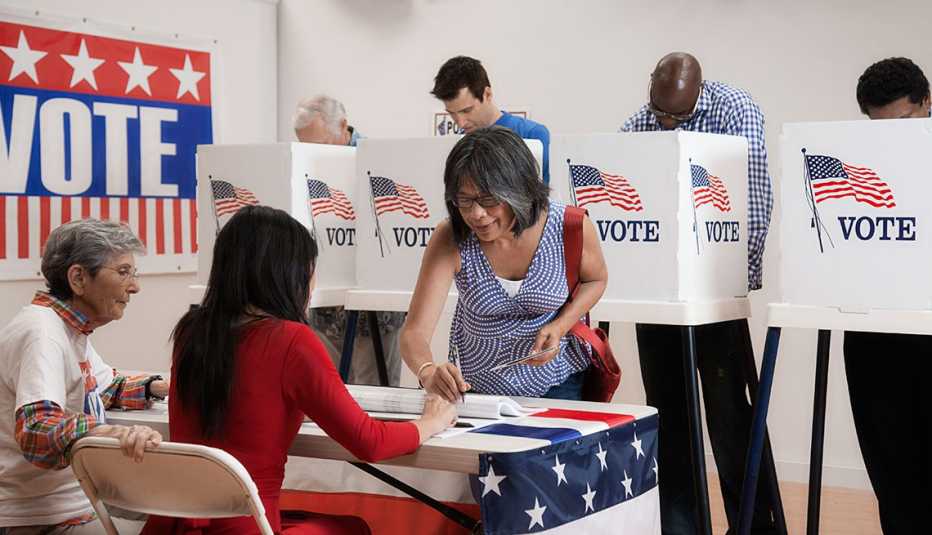Staying Fit


On election day, if you live in Maryland, you’ll need only to give your birth date to a poll worker and you’ll receive your ballot. But if you live in Colorado, you’ll have to show a picture ID to be allowed into the voting booth.
These are just two examples of the different voter identification rules in place throughout the United States, both for the primaries and the general election. In 34 states, citizens must show a form of identification. Some require a photo ID, while others will accept a document with the voter’s name and address, such as a utility bill or library card. In the other 16 states, requirements range from telling the election official your name and date of birth to signing a polling book.


AARP Membership— $12 for your first year when you sign up for Automatic Renewal
Get instant access to members-only products and hundreds of discounts, a free second membership, and a subscription to AARP the Magazine.
“It’s kind of a smorgasbord of laws out there,” says Dylan Lynch, a policy associate for elections and redistricting at the National Conference of State Legislatures (NCSL). “Even states that have similar laws may accept different forms of ID.” You can find out what documentation your state requires at NCSL’s voter identification page.
If your state requires identification and you show up at the polls without an acceptable document, there is usually a procedure to allow you to vote. Some states will ask you to sign an affidavit affirming your identity. Others will let you cast what’s called a provisional ballot, but then you’ll have to bring an acceptable ID to the elections office within a specified period to have your vote counted.

































































More on politics-society
Enough, Already. It’s Time to Work Together
Let’s all add civility to our list of New Year’s resolutions